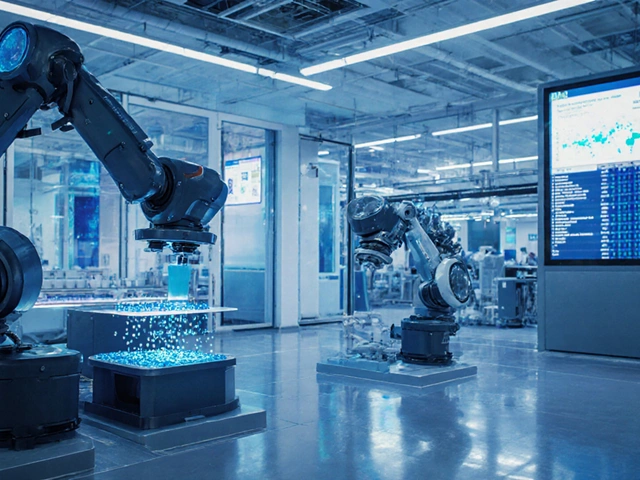Toyota Plant Closure
When talking about Toyota plant closure, the shutdown of Toyota's manufacturing facility in India, often due to market shifts or strategic decisions. Also known as Toyota factory shutdown, it directly affects employment, supply chains, and regional investment.
Why the Closure Matters
Understanding the fallout starts with the Toyota Kirloskar Motor, the joint‑venture that runs Toyota's engine plant in Bidadi, Karnataka. This entity produces the engines that power many Toyota models sold across India. When the plant closes, engine output drops, prompting a ripple effect on parts suppliers and local dealerships. Manufacturing cost comparison becomes crucial here: businesses weigh India's labor, energy, and land expenses against alternatives like China. A recent cost matrix shows India’s labor rates are roughly 30% lower, but higher logistics costs can offset savings. Meanwhile, the small factory cost in India, the capital needed to launch a modest production unit, which includes land, machinery, and licensing, offers a lens into how new entrants might fill gaps left by big players. Finally, the 5 M's of manufacturing, Man, Machine, Material, Method, Measurement, the core pillars of any production system, help explain why a plant might shut down if one or more pillars falter.
All these pieces—engine sourcing, cost dynamics, startup factories, and the 5 M framework—connect in a chain of cause and effect. The closure forces manufacturers to re‑evaluate supply chains, consider cheaper locales, or even invest in their own small‑scale units. Below you’ll find a curated set of articles that dig deeper into each angle, from detailed cost breakdowns to the future of Toyota’s engine strategy in India. Explore the insights and see how the industry adapts to this pivotal change.
Why Toyota Stopped Operations in India - Key Reasons Behind the Exit
Explores why Toyota halted manufacturing in India, covering market slowdown, tax burdens, EV shift, and the Suzuki partnership, plus impacts on jobs and the auto sector.
Read More




